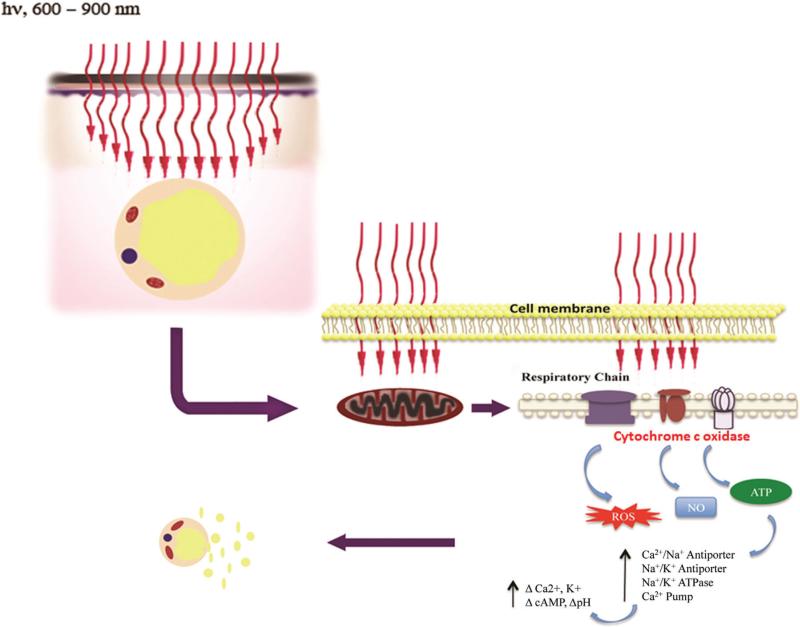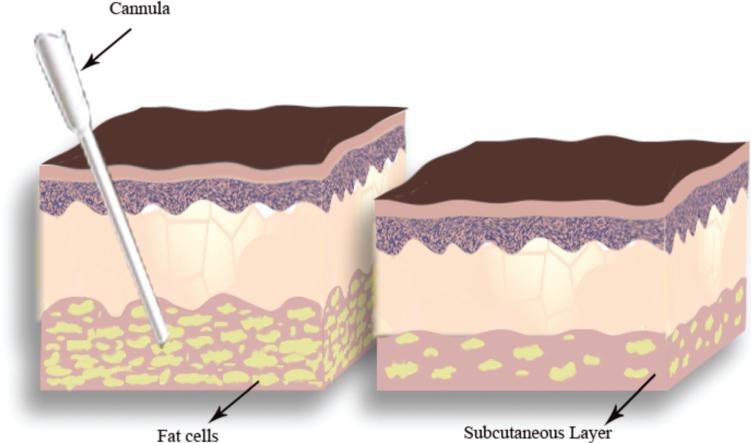Low-Level Laser Therapy: The New Darling for Fat Reduction
The pursuit of an ideal figure is always a hot topic. With various fat reduction methods like liposuction, cryolipolysis and radiofrequency technology, people seem to have more options for body contouring. However, these invasive procedures usually come with risks and downtime. Is there a better approach that slims down fat layers safely and effectively? The answer may be low-level laser therapy (LLLT).
LLLT uses low-power lasers or light-emitting diodes to stimulate cellular function and promote tissue regeneration. As emerging evidence has revealed, LLLT is a promising non-invasive modality for fat layer reduction. It works by emitting photons that are absorbed by photoreceptors in fat cells. This process triggers a series of metabolic reactions, leading to faster breakdown of triglycerides and fatty acid contents, as well as suppressed adipogenesis.

In a clinical trial, curelight, a low-level laser device by Phomed, was used to irradiate the abdomens of subjects over a 4-week period. Results showed over 2 cm reduction in abdominal circumference on average. Fat thickness also decreased considerably as shown in ultrasound images. This demonstrates the fat reduction efficacy of LLLT devices such as curelight.
Clinical studies on using LLLT for fat reduction have yielded positive results so far. For instance, a randomized trial published in Lasers in Medical Science showed that people receiving LLLT around the abdomen and thigh areas had significant decreases in fat layer thickness, with optimal results achieved at an energy density of 3 J/cm2. Mild side effects like redness and itchiness may occur but resolve quickly.
While more research is still needed, LLLT seems poised to make a difference in the field of non-invasive body sculpting. Its ability to disrupt fat without harming other tissues gives it an edge over other emerging technologies. For those seeking a pain-free fat reduction solution, LLLT may just offer the perfect beam of hope.
